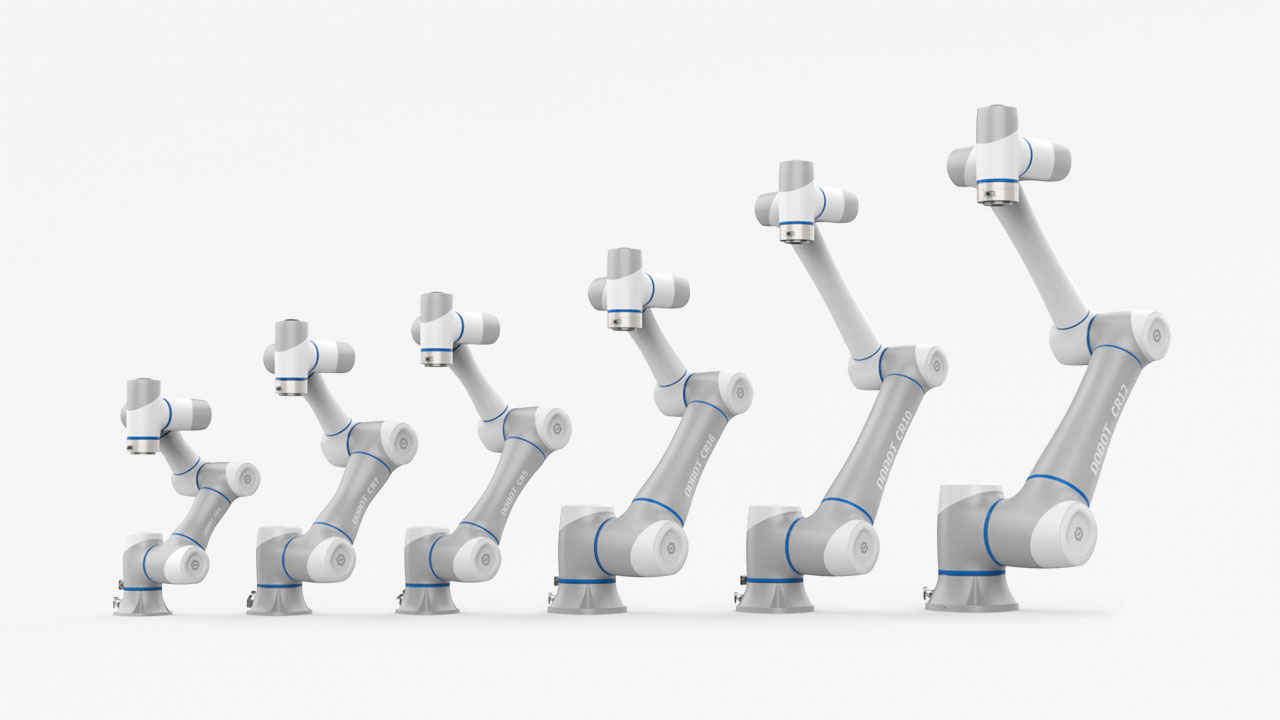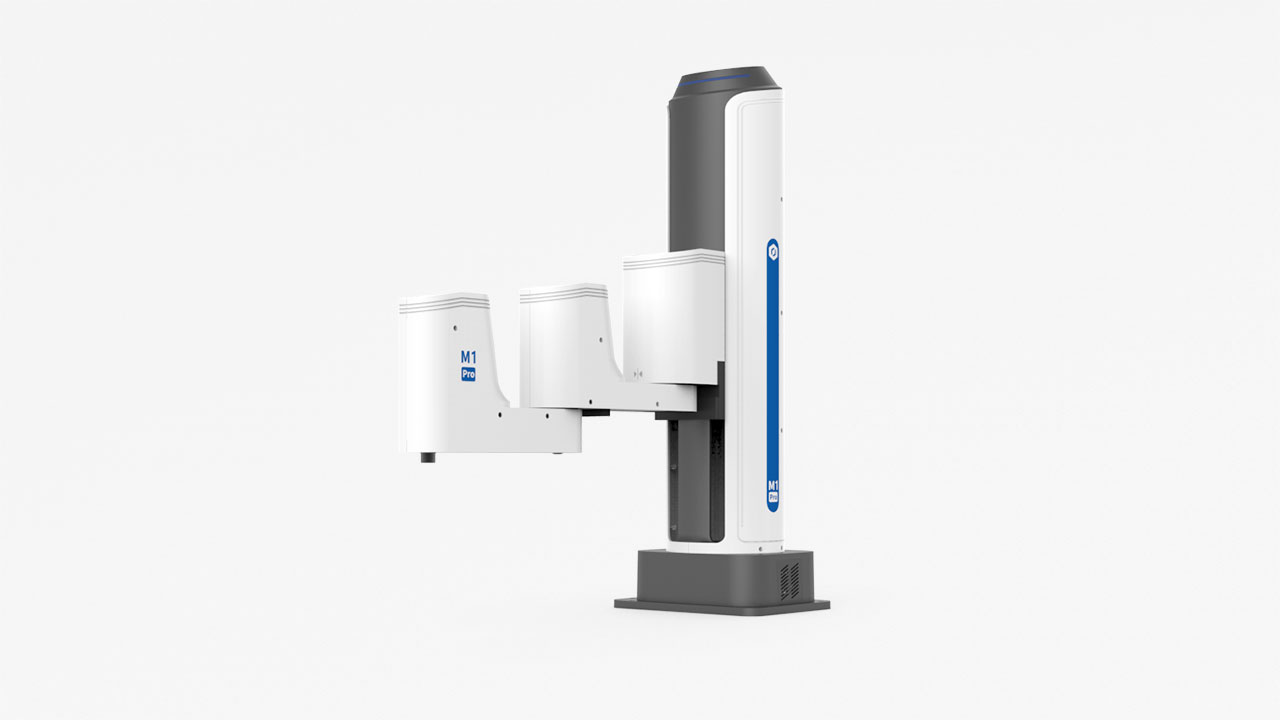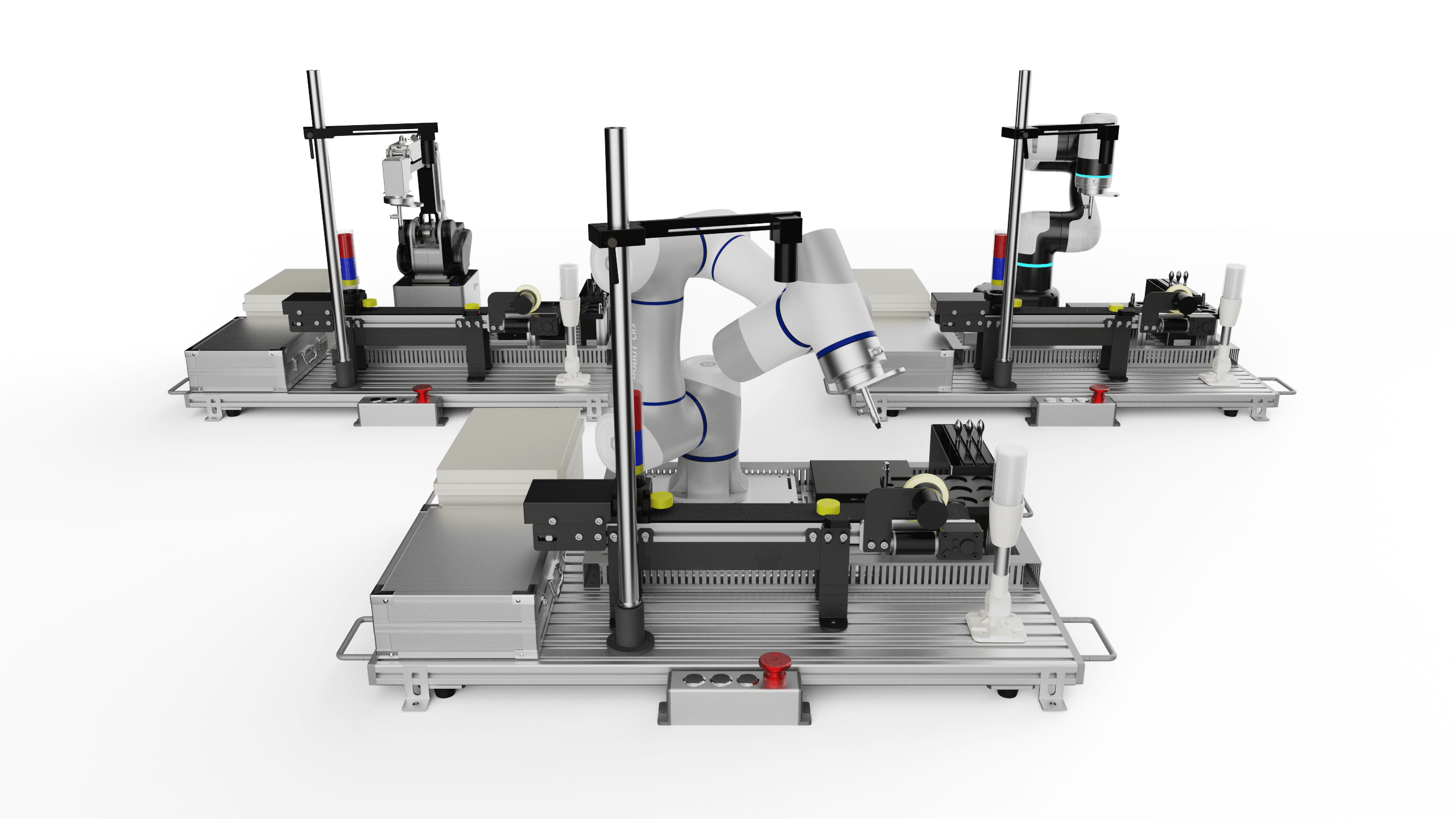Table of Content
1. Role of Cobot Vision System in Automation Transformation
2. Benefits of Cobot Vision System
2.1 Quality consistency
2.2 Safety of workers
2.3 Cost reduction

A cobot vision system is a necessary part of the cobot revolution’s modern structure. It is the cobot’s ‘eyes’, allowing it to see and operate industrial tasks precisely and accurately with no damage to humans.
A collaborative robot’s revolution takes its roots from a traditional industrial robot and its robot vision, developing into the safe collaboration between a robot arm and a human and the integrated cobot vision system.
From this evolution, the way robots can see the obstacles and prevent collisions helps organizations increase safety and product quality.
Let's have a closer look at the role of the cobot vision system and its perks of adopting the technology for businesses.
Role of Cobot Vision System in Automation Transformation

According to McKinsey, the value that can bring Industry 4.0 to the advanced digital transformation is accuracy improvement, forecasted to reach 85% of the future potential. More and more businesses would prioritize accuracy as the key to successful and efficient performance. A computer vision-controlled robot arm will help reach this goal and boost the quality of the production lines.
The cobot vision system can be mounted anywhere on a robot arm, making it versatile and easy to use. They have a wide scope of deployment opportunities, including inspection, measurement, identification, palletizing, welding, sorting, picking and placing, and other applications. High image quality ensures the multi-approach to the process and eliminates various errors by having the one-picture calibration and detailed recognition of small parts.
Multiple types of a cobot vision system, e.g., 3D cameras, 2D, and 2.5D vision, are different in terms of price tags and functionality. For example, although 2D cameras are cheap, they are less versatile in the application choice they support than 3D cameras.
Machine learning and artificial intelligence teach robot arms to see via different data and intuitive programming. With a help of intuitive programming and diverse reconfiguration, robot vision can be easily set up for the collaborative robot.
Hence, the cobot vision system plays a vital role in automating transformation, leading us to a discussion of the advantages of its powerful deployment.
Benefits of Cobot Vision System

One of the essential perks of a camera robot arm is high product quality. The human workforce cannot be the same efficient during an 8-12-hour shift. Thus, they cannot ensure product consistency and error-free manufacturing. It would not be realistic to expect workers to operate with the same efficiency during the entire shift. On the other side, we have robot arm ‘eyes’, designed to help eliminate all product quality issues and enhance manufacturing reliability, while decreasing product defects.
A cobot vision system can monitor and inspect objects via color senses and detection, positively influencing the quality of production lines.
Collaborative robots with vision technology are equipped with the safety collision feature, allowing them to stop before the collision occurs. In this case, the vision technology will first detect the object (or human body movement).
The Dobot robot arm is equipped with an exclusive safety technology, DOBOT SafeSkin, that enables a collaborative robot to stop 15 cm prior to the object. A robot arm will not boost its speed; on the contrary, will slow down. Therefore, a robot arm with an equipped cobot vision system reduces human injuries and prevents multiple collisions and accidents during the manufacturing process.
To move forward into an era of an automated future, factories will experience the burden of minor investments in terms of robot arms installation and diverse types of robot accessories, including cobot vision. However, after integrating the cobot vision system into production, they can boost sales and decrease costs, as the vision will increase product quality rates and save resources.
Deploying collaborative robots equipped with a vision system help businesses reshape automation. And Dobot's 4-axis robot arms and 6-axis collaborative robots will assist factories in saving time and money while concentrating on product quality and workforce safety.













